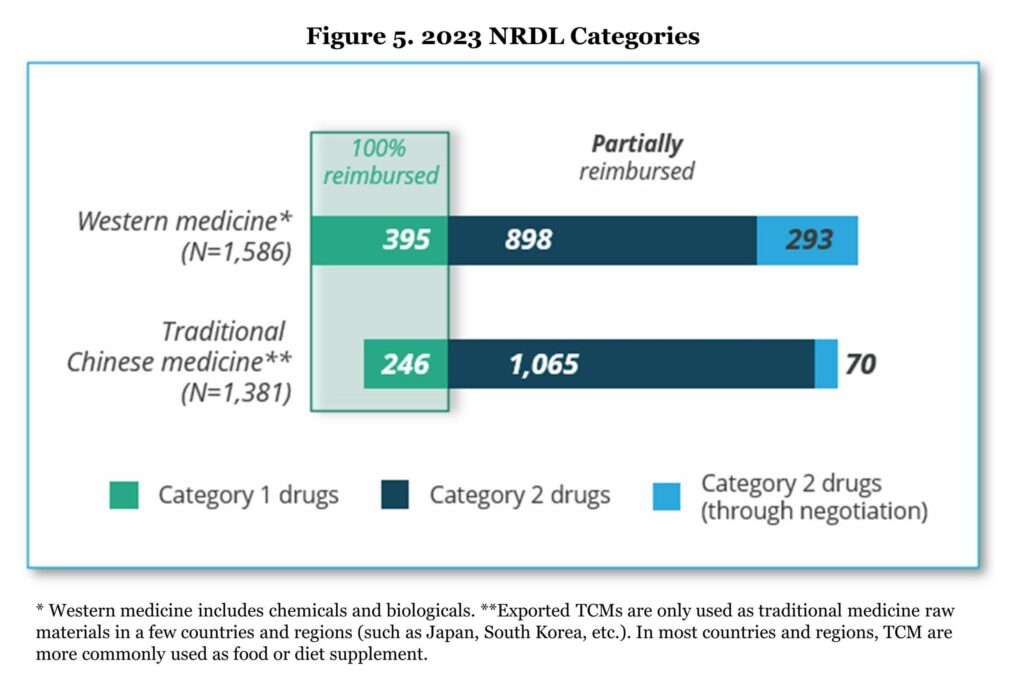American soybean farmers are beginning to feel the pressure and are beginning to get very scared. The reality thatthe Chinese market's share is going to get smaller has caused a lot of worries throughout the agricultural sector. The recent changes of U.S.-China trade relations have caused the most fears among farmers who heavily rely on export markets to keep their financials afloat.
Caleb Ragland, acting as the American Soybean Association president, mentioned that he is shaken by China’s importations’ retaliatory tariffs on American commodities. “Exports are the lifeblood of the soybean industry here in the United States,” he pointed out. About 50 percent of soybean products are exported abroad, the remaining 50 percent is consumed locally. China, in particular, is a very essential market, receiving approximately one-fourth of the total U.S. soybean crop – essentially, “every fourth row” American farmers cultivate.
The legacy of difficult trading relationships casts a huge shadow on producers’ consciousness. Farmers vividly remember the repercussions from previous diplomatic disagreements in 2018. Back then China bought one-third of the country’s estimated soybean harvest before the troubles began, but disputes ensued. Even the resolutions did not work. U.S. farmers lost about nine percent of the market forever because their competitors from Brazil did it with pleasure. While temporary purchasing shifts were part of this, the real change was achieved through strategic Chinese investments in the infrastructure of South America – ports, railways, and roads – which made Brazil more competitive than what they are now.
Tariff Escalation and Market Implications
The situation worsens gradually. American soybean shipments are now faced with an unbelievable 114.73% tariff on Chinese ports, which has massively increased from the previous 60% rate. This harsh measures turns American beans into an astronomically priced source due to other nations’ competitiveness. Talk of a potential resolution that generated a little market optimism on May 8th, that day when soybean futures prices improved marginally prior to planned negotiations, was considerably overshadowed by the fact that Vietnam’s purchase of 225,000 metric tons for 2025/26 delivery was the first successful announcement of a major sale – to a destination other than China.
The complexity of this challenge extrapolates beyond merely seeking alternative buyers. Experts underline that the local consumption isn’t even close to the level that would allow for the absorption of production that hitherto was meant for foreign markets. Joe Janzen, the assistant professor in the College of Agricultural, Consumer and Environmental Sciences says that the Midwest is the best area for soybean growing because of geographic and agricultural reasons. However, it imposes a serious barrier for them to grow other crops.
“Switching costs are quite high,” Janzen pointed out, noting the money and logistical challenges that would arise as farmers make attempts to re-direct to different crops.
The importance of China is not only in the quantity but also in the structural demand that is interjected through their food-producing systems. Ishan Bhanu, the head of Kpler’s commodities analysis team says that China has “built an entire protein system around soy” to support their huge pork and poultry industries that fundamentally rely on soybean meal as feed. American Farm Bureau, however, has been urging to take active steps right away for diplomatic intervention alongside some remaining producers that still hope for market recovery.
The poorly mixed temporal angle further complicates matters. The existence of these tensions at a time when agricultural producers are already facing a difficult economic condition makes it even worse. Ragland evaluated the existing scenario as “a tough stretch with the farm economy”, hence, the combination of the export disruptions and other economic constraints adds up to a very hazardous situation for a lot of farms.
Take the opportunity of the mistakes made by Americans. Brazilian producers are too enthusiastic about it and get closer with Chinese buyers. The government allocates budget for the projects, where the main focus is the development of the infrastructure that specifically will help with the agricultural exports to Asia. At the same time, American farmers were staying under the sun and building their market throughout the years, while South American competitors, on the other hand, are now seeing mechanization among other things due to the reduction of trade disputes.
Some clever producers managed to cover some of their misfortunes by taking forward contracts during a small market rally earlier this year. But, these temporary price highs are not sufficient enough to hedge against the total loss of market access arising now.
The reality however is that American soybean farmers are doing everything to find the right solution, despite the fact that their regular trap to Asia is shunned. Unless, there is a significant change in terms of diplomacy will happen, the sector should reckon with a transparent restructuring of the industry which jeopardizes the lives of many families and the farming business in the heart of America.

